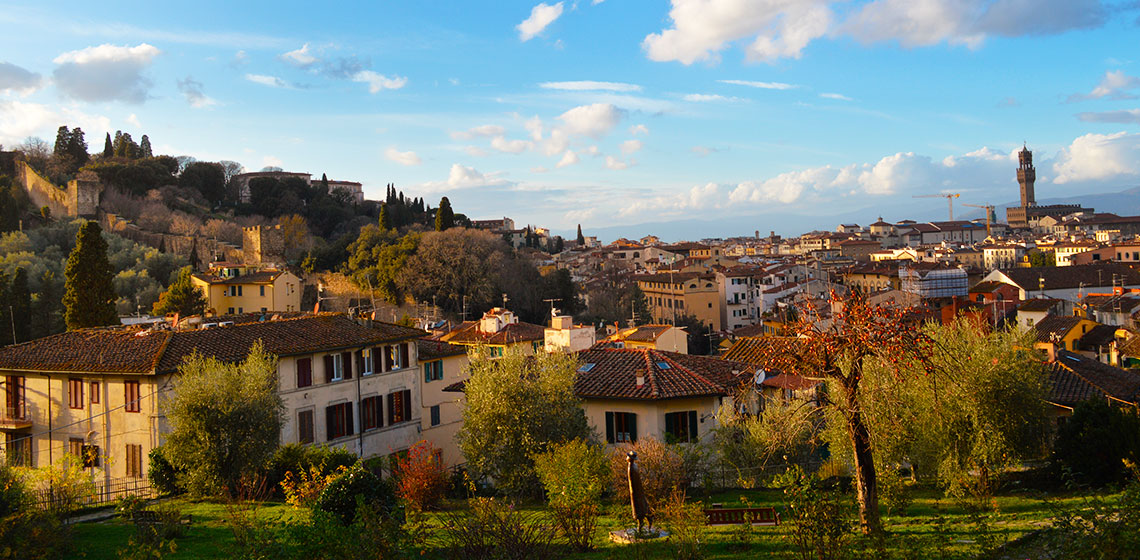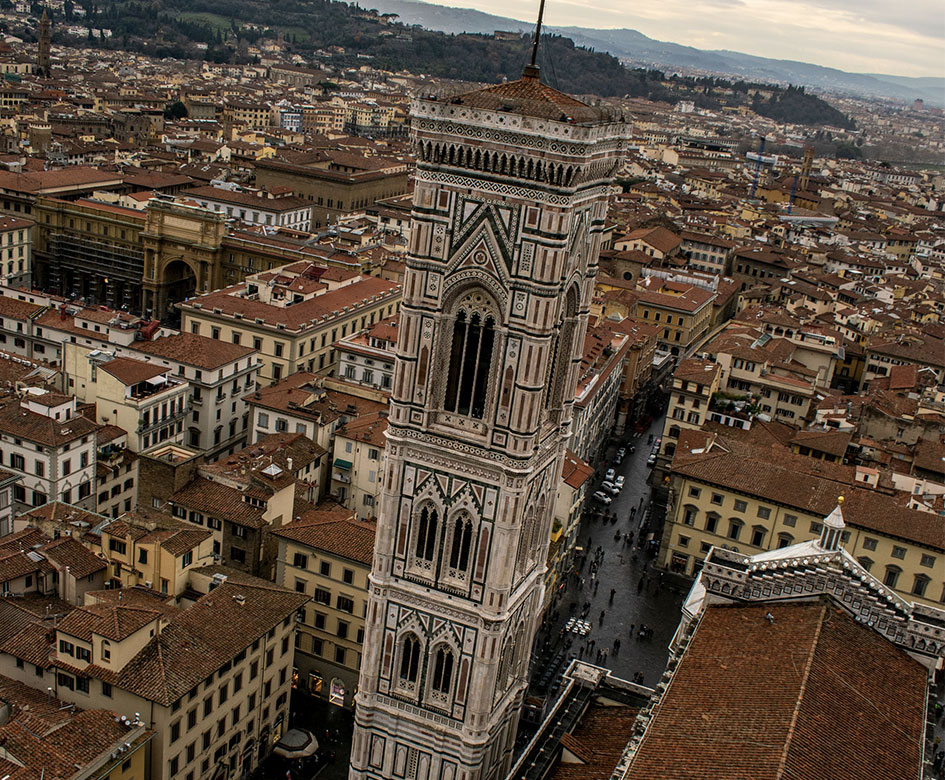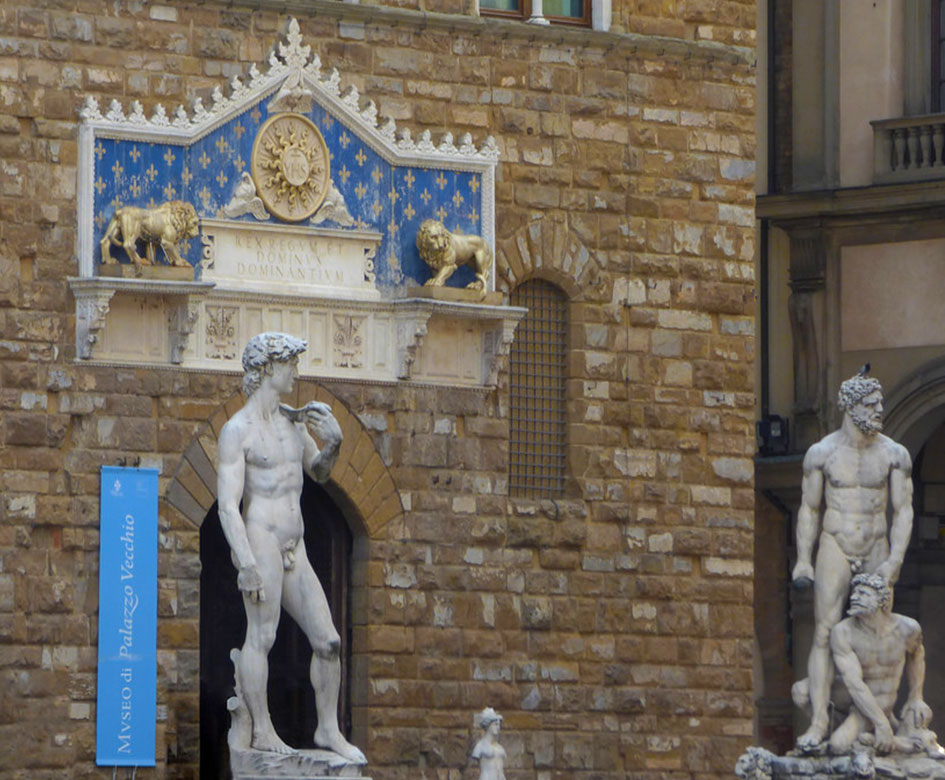
5 Quirky Facts You Didn't Know About Florence
Discover more on the history of the city.
We all know the Florence of Botticelli's Venus and Michelangelo's David, but behind Florence’s Renaissance façade you’ll find a world of wonders you never imagined.
Want to know Florence beyond its mainstream attractions?
Let your imagination take flight in the city’s mysterious past, narrow streets and world of unseen treasures.
The city of towers
Florence is loved for its spacious piazzas and jaw-dropping views, but don’t let today’s façade fool you. Back in medieval Florence, Dante was meandering through narrow streets marked by tall and stately towers. Florence’s medieval city walls, designed by Arnolfo di Cambio between 1282 and 1284, featured 63 towers and 12 city gates towering 35 m high.
Built to defend the city, Florence still stands today partly because these incredible walls and towers did their job well.

Torre di Arnolfo - vista dalla Cupola di Bruneleschi
Firenze Capitale
After Italian Unification, Florence served as Italy’s capital city (after Turin) from 1865-1871. Reconstruction works were quickly organized to ensure that the city looked the part. Old crowded neighborhoods became large spacious piazzas and wide boulevards were added, including the famous piazzale Michelangelo. This period is known as the risanamento (cleansing of the city). Or in other words, out with the old and in with the new.
David
Everyone knows the world-famous David in the Galleria dell’Accademia. But did you know this statue spent almost 400 years in piazza della Signoria?
The statue was placed in the Accademia in 1873 to protect it from the elements, a copy put in its place in 1910. It took them 3 days on a specially made railway line to move the statue!
Talk about VIP treatment.

David Piazza della Signoria
The birth of the piano
Speaking of the Accademia, not many know there’s a museum of musical instruments attached to the main gallery. The museum is no coincidence; the piano, then known as the pianoforte, was invented in the Florentine court of Cosimo III de’ Medici by Bartolomeo Cristofori in 1698. And that’s not all: head over to the Oltrarno to see the Accademia Bartolomeo Cristofori, where you can visit the extraordinary studio where all the magic happened.
French Florence
Did you know that Tuscany once called itself French? In 1807, after being part of the abolished Kingdom of Etruria, Tuscany was annexed to its northern neighbor ruled by Napoleon. Florence became the capital city of the French department of Arno until 1814.
And here’s a fun fact: during this time, the French became known as "nuvoloni" (clouds) because of the French manifestos posted around the city reading, “nous voulons” (we want).






 All the services are provided by local merchants
All the services are provided by local merchants By using this site you support Florence
By using this site you support Florence We offer products with high-quality standards
We offer products with high-quality standards You stay sustainable
You stay sustainable It's a 100% trustworthy website
It's a 100% trustworthy website